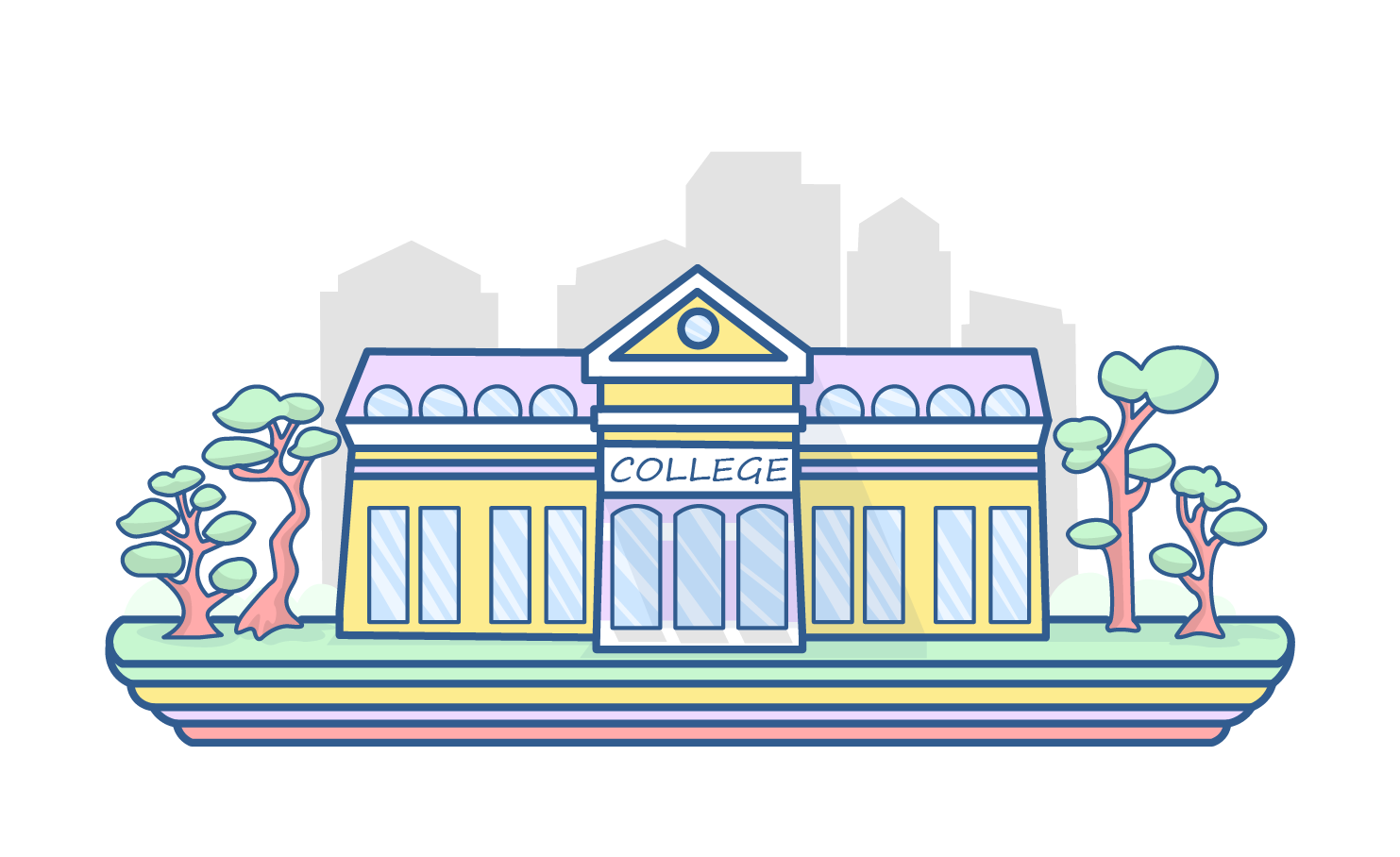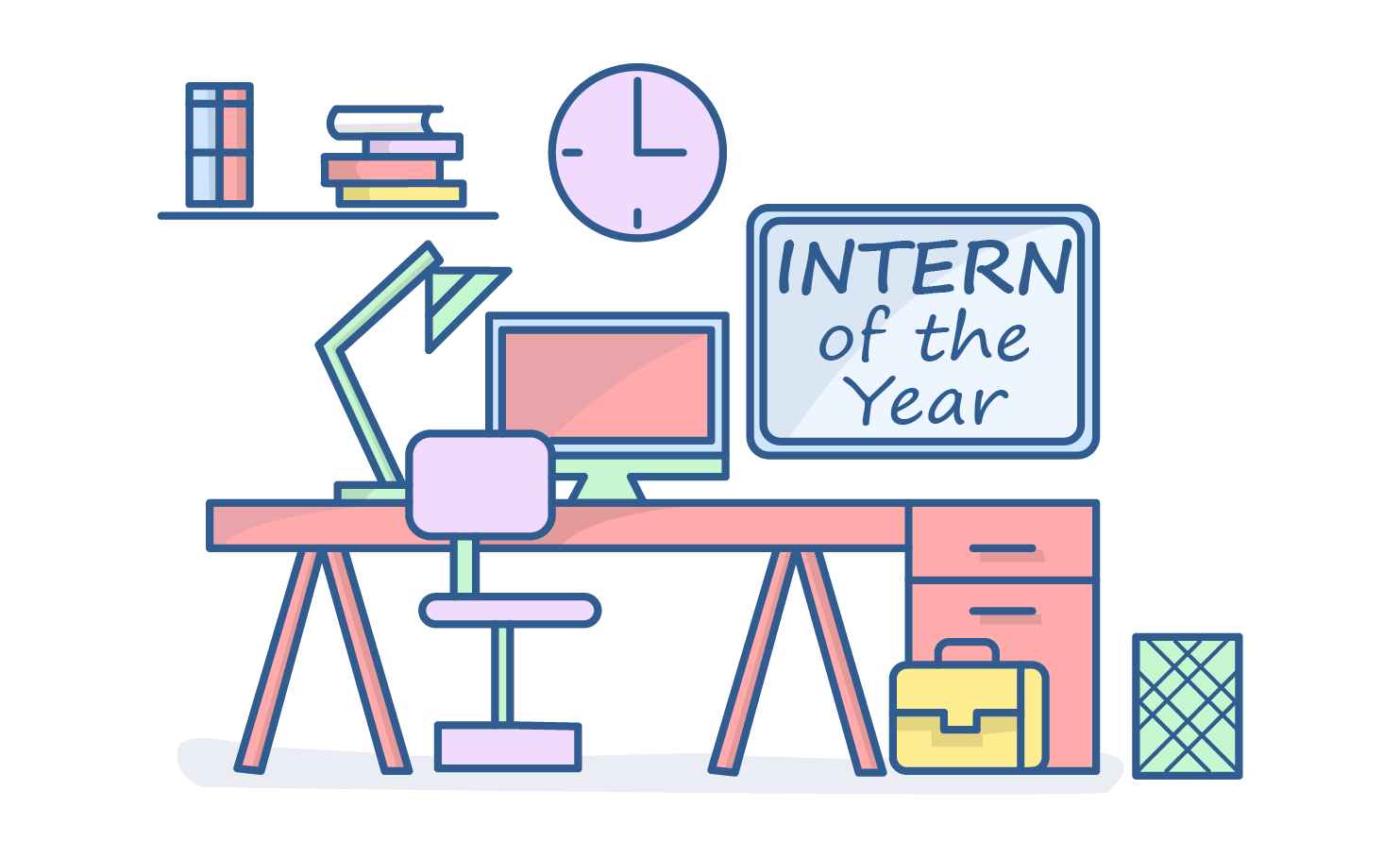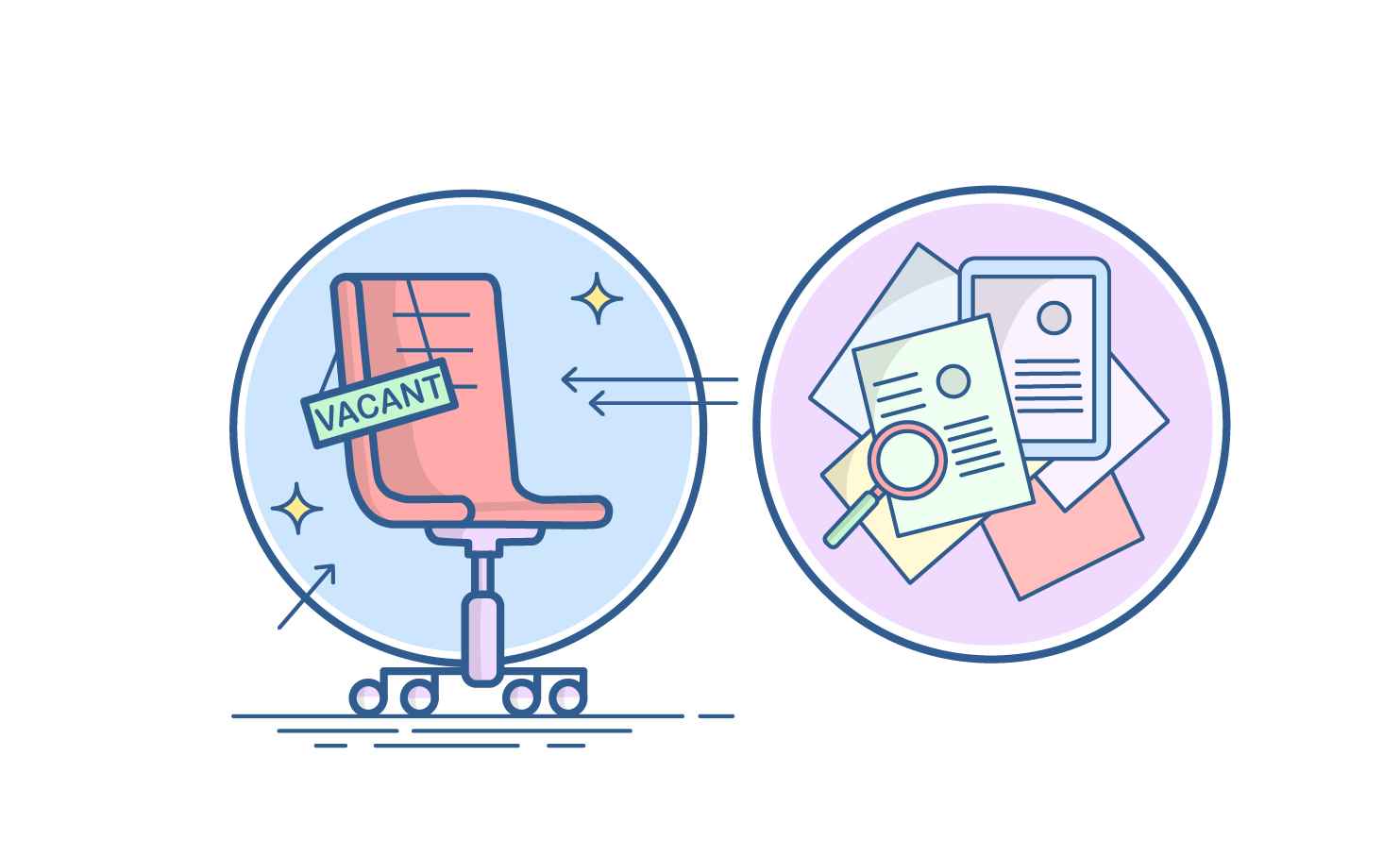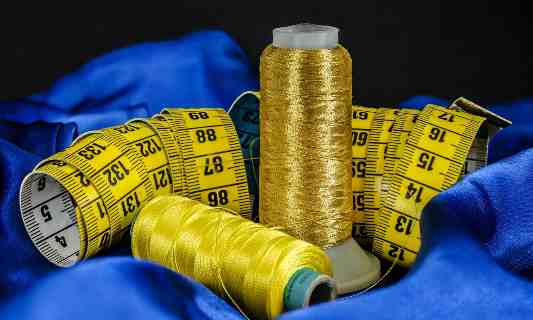Textile Designer
Who Is A Textile Designer?
Textile designers are specialists who create designs and patterns for woven or knitted clothes which can be a part of dress fabric, carpets, upholsteries etc. As a Textile Designer, you will need to have sound knowledge of designs and how to produce them on looms and machines onto clothes. You must also have a good sense of colour and undoubtedly, be creative.
Art and illustration skills are necessary for a textile designer and aspiring textile designers must have a good eye for colour, pattern and also market trends.
Roles & Responsibilities
Understanding the requirement of the client or the manufacturer. The textile designer has to understand their expectations so the design is satisfactory. He/she has to pay attention to understand the client’s vision so that he/she can accurately translate it into a design.
Creating sample designs, sketches and samples. In order to help the client decide best, the textile designer often needs to present them with sample sketches and designs. The textile designer should be able to understand the initial thoughts of the clients and come up with samples that will help them to take the discussion ahead better.
Using traditional as well as technical designing methods. The textile designer is expected to be adept in manually drawing out designs as well as in computer-aided designing (CAD) for creating designs. Traditionally, designers stuck to hand-drawn designs. These days, there are various software that will help you create online all that you want to.
Acquiring the latest knowledge on new design trends and techniques and textile production technology. The textile designer is entrusted with the job of coming up with commercially viable designs, which are well received by the general public. To create such designs, the designer must be aware of the latest trends, manufacturing techniques and popular trends.
Meeting deadlines. The process of designing is only the beginning in a long line of processes involved in textile manufacturing. To ensure timely completion of manufacturing, the designer must deliver the design samples in time.
Ensure client satisfaction. The initial pitch you had given to your client or your boss needs to be matched by the final product. They would have created a mental image of what to expect and you need to ensure that is met.
Managing several relevant disciplines of the business. If you are self-employed, you will need to be aware of your marketing, website maintenance, finances, business decisions and networking activities. A self-employed or freelance textile designer has to do all the work on the brand that a team would do in a larger organisation.
Take the Mentoria career assessment test, to find out how well-suited you are as a Textile Designer.
Discover your Ideal future
Get expert guidance and mentorship towards your perfect fit.
What Skills Will I Need To Have To Do This Job Well?
As exciting as this sounds, there are some things you’ll need to learn to do the job right:
FINE ART SKILLS
You cannot be a textile designer with average fine art skills. From the hand-drawn design samples to the perfection of the drawings, textile designing is not for someone who is not comfortable with scribbling with a pencil on paper.
CREATIVE SKILLS
The textile designer needs to have his/her aesthetic sense and creativity churn out refreshing and likeable designs consistently. The innovation and uniqueness that a textile designer can put into the designs eventually help build a successful career in this profession.
DETAIL-ORIENTED
A textile designer should have an eye for detail. He/she should seek precision in the designs and stick to the agreed specifications and detailing. More often than not, these designs are mass produced and therefore, any error can prove to be very costly.
TECHNICAL SKILLS
Textile designing could be a creative process, but the designer has to be tech-savvy as well. The designing itself is nowadays aided by computers and software, which demands a certain amount of IT expertise.
VISUALISATION
The textile designer should be able to conceptualise the designs, particularly during the conceptualisation stage. Accurately portraying such ideas on paper can be crucial in arriving at the intended design. From the larger items to the smallest of details, visualisation is a skill that helps you take the first step for any particular project.
INDUSTRY KNOWLEDGE
The textile designer should have a firm hold on the latest fashion trends, designs, production techniques and textile technologies. If he/she prepares designs oblivious to what is in vogue, such designs may not turn out to be successful thereby denting the designer’s reputation.
What Will My Workplace Look Like?
A textile designer’s workplace can be a factory, a workshop or a design studio. The working hours will depend on the place of employment. A factory will have fixed hours. On the other hand, working with a senior designer in a studio could mean long and odd hours.
Local and long-distance travelling could be involved to visit trade shows, exhibitions, vendors and clients.
Freelance textile designers often divide their time between designing and marketing their work.
What Is My Scope For Career Growth As A Textile Designer?
There is a lot of demand for textile designers in India. There are enough job prospects in handloom, crafts industry, manufacturing for domestic as well as for exports etc. A textile designer works with fashion designers as well as senior textile designers to gain the experience and insight required for career growth.
Globally, design firms that create clothing for mass-market sales are expected to provide better employment opportunities, as compared with high-end luxury design brands.
Thinking of a career as a Textile Designer? Take the Mentoria assessment test & talk to our career counsellors to get personalized step-by-step guidance for your future career path.
How Much Will I Get Paid?
The exact number will depend on the experience and expertise in the profession, but we can give you a general idea.
Textile designers generally earn anywhere between INR 180,000 – 660,000 per annum In India. The average earning of a textile designer in India stands at INR 371,000.
Okay, I'm sold. This is amazing

STEP 1: Class XI-XII/Junior Colleg
There are no specific curriculum requirements at this level. An aspiring textile designers would, however, be expected to have keen interest in fine arts.

STEP 2: Graduation Degree
Graduation for aspiring textile designers would be advisable in subjects like Fine Arts, Design or Textile Design, as these are the most relevant subjects.

STEP 3: Internship/Training
Aspiring textile designers can undergo internships or training with senior designers or renowned organisations to understand the practicalities and establish relationships with people in the industry. An internship may even lead to job offers after graduation.

STEP 4: Land a Job
Once you are equipped with the training and education, you can land a job as a Textile Designer.
Sign Up for Mentoria - India’s Most Reliable Career Discovery Platform
Mentoria promises to handhold you during your career discovery journey - from the time you sign up until you get into a career you love.
Discover your Ideal future
Get expert guidance and mentorship towards your perfect fit.


